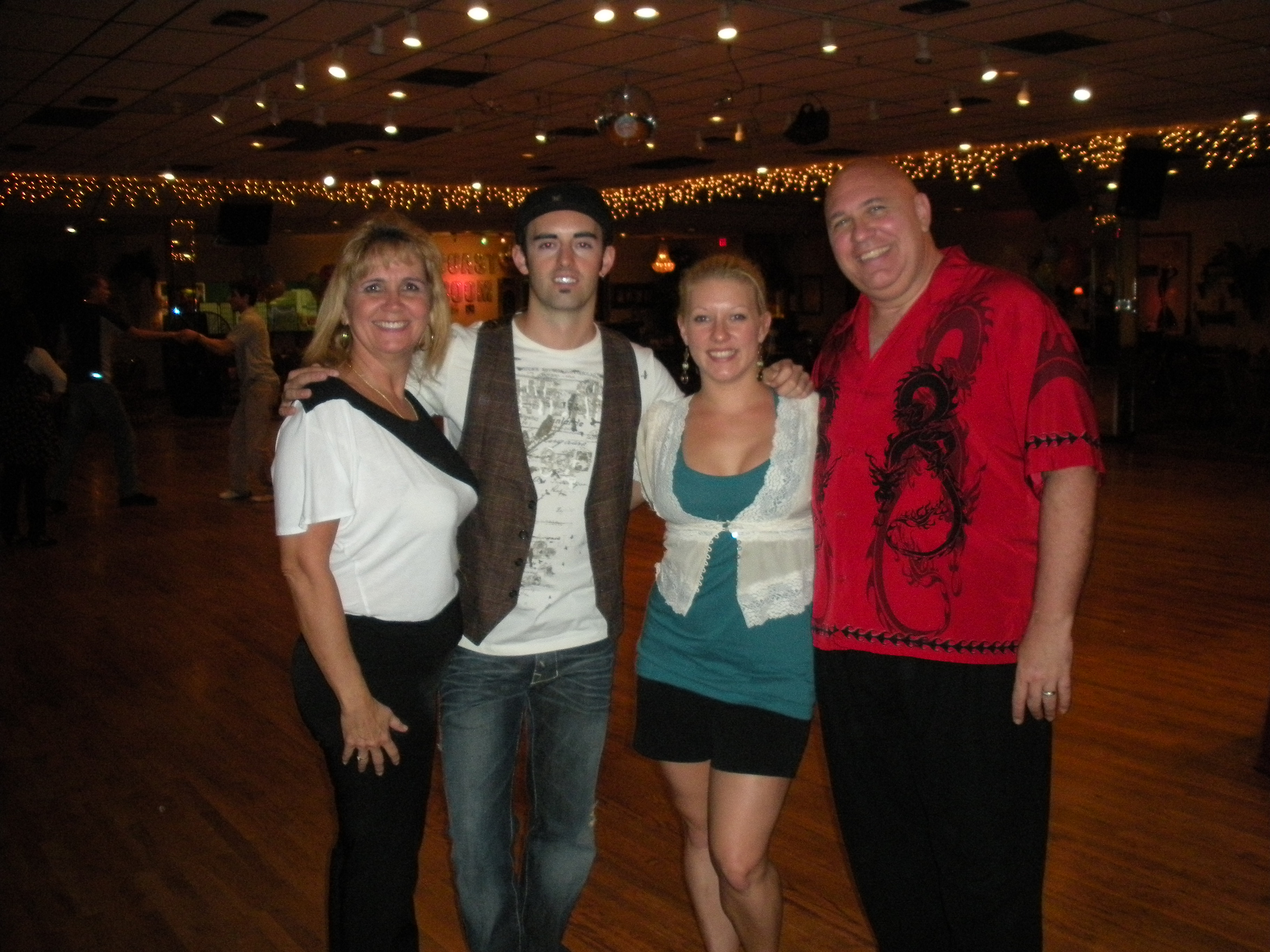Sharing
01.21.10

I had a chance to indulge in a nostalgic activity recently. One of my students found out I used to play chess at a high level and was curious to learn a little from me. At one point, I played at master level, which to the average american means, I can beat you up and take your lunch money on the chess board.
I used to teach chess for a bit, but when I put away my boards, I also withdrew from that arena as a leader and teacher as well. This was well before I became a dancer, but I had many other things to accomplish, so chess became something I used to do.
Fast forwarding to now, I had the pleasure of playing and offering some basic instruction to my student. One of the things that struck me in this instance though is how much more aware I am of the students needs and learning style. Through my training as a teacher with Skippy and a huge amount of input from my wife (Beth being a lifelong teacher), I recognized the difference in approach with this student as opposed to the long gone past.
Every chess game starts the same way. Your pieces move the same, the board is the same, your opponents pieces are the same. What makes it a different game each time you play? It's the personal side! It's you and your opponent!
I know that right now, the little voice in your head is going....hmmmm...chess is supposed to be logical....Bruce is getting a little weird here....
Now, think about this; It's the same in dance! Instead of an opponent, you have a partner. The dance style is the same, the steps you are taught are generally the same and sometimes, even the music is the same piece. The difference from dance to dance is you and your partner. Your mood, energy level and interaction are where the differences from dance to dance come from.
When a chess player meets someone who has just learned the moves, that person is sometimes referred to as a "woodpusher." He doesn't understand why the moves does or doesn't work, he just does it. In learning without reason and substance behind the moves, most of the nuances of the game is lost.
When we are learning to dance, many of us are "programmed" by the instructor and learn the steps and stop learning right there. Just as in my example in chess, the student never becomes the dancer they can become. They never discover the "why's" and lose the nuances of the sport.
When Beth and I teach, we are focused on teaching the basic with the reasons why we execute them the way we do. It is our goal to bring your dance level up each time you leave our class and to try to get you as a student to understand those "why's."
To many of us, understanding why is a door that begins opening to the artistry of the dance. If you know why something works, you then have the ability to apply that reasoning to other parts of your dance. The growth in you as a dancer becomes the reality instead of the potential.
Bottom line is...
Teaching connection, timing and teamwork is a very tough job. As tough as it may be, these are the very things as teachers we should strive to accomplish at all levels. The essense of dancing in a partnership is rooted in these areas. As a student begins to grasp these techniques, they begin to really connect to the dance, the music and their partners. With that understanding comes a deeper appreciation of dance and a lifelong passion can develop. As with any passion, we reach out to others to share in that joy!
Dancing does not come from painted footprints on the floor. It wells from deep inside of us and is unique to each and every person that takes to the floor to express those feelings. Ultimately, this sharing is what it is all about.
|




